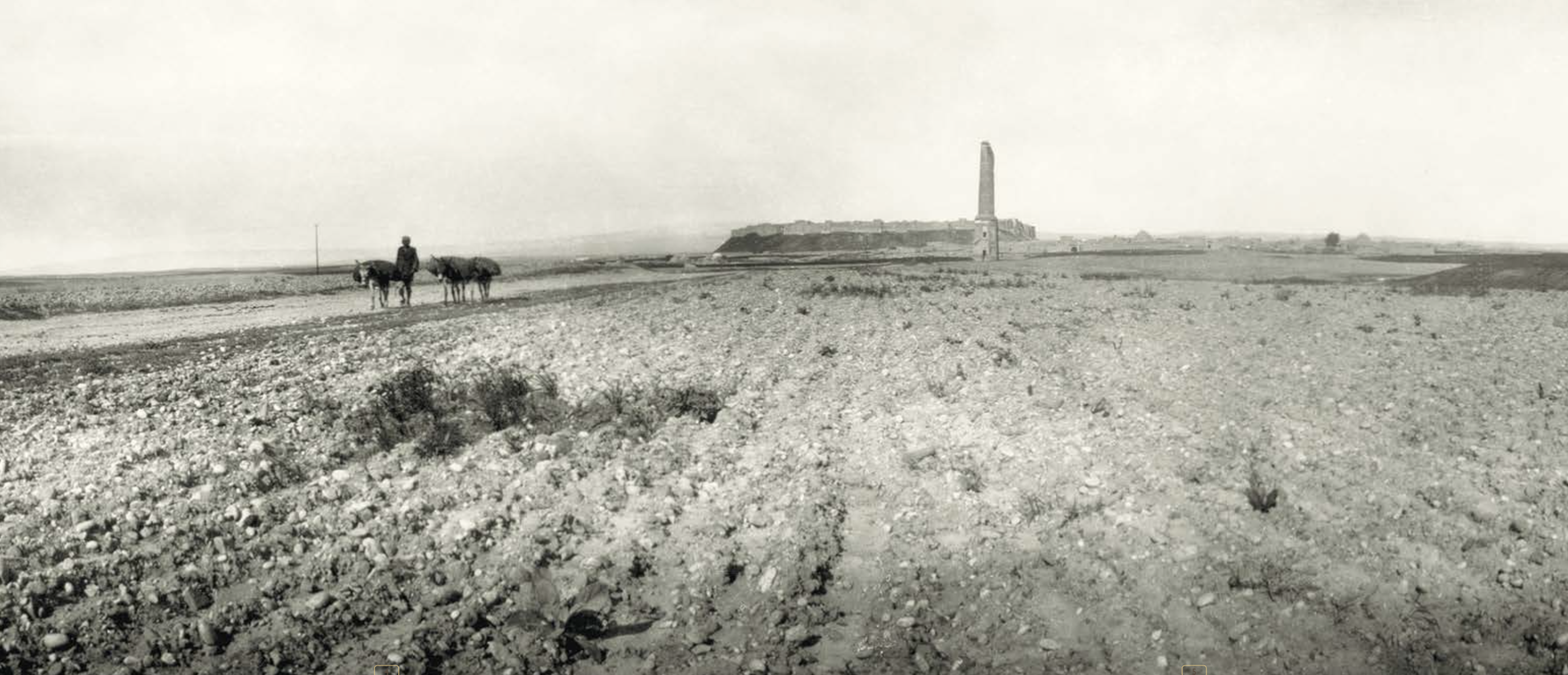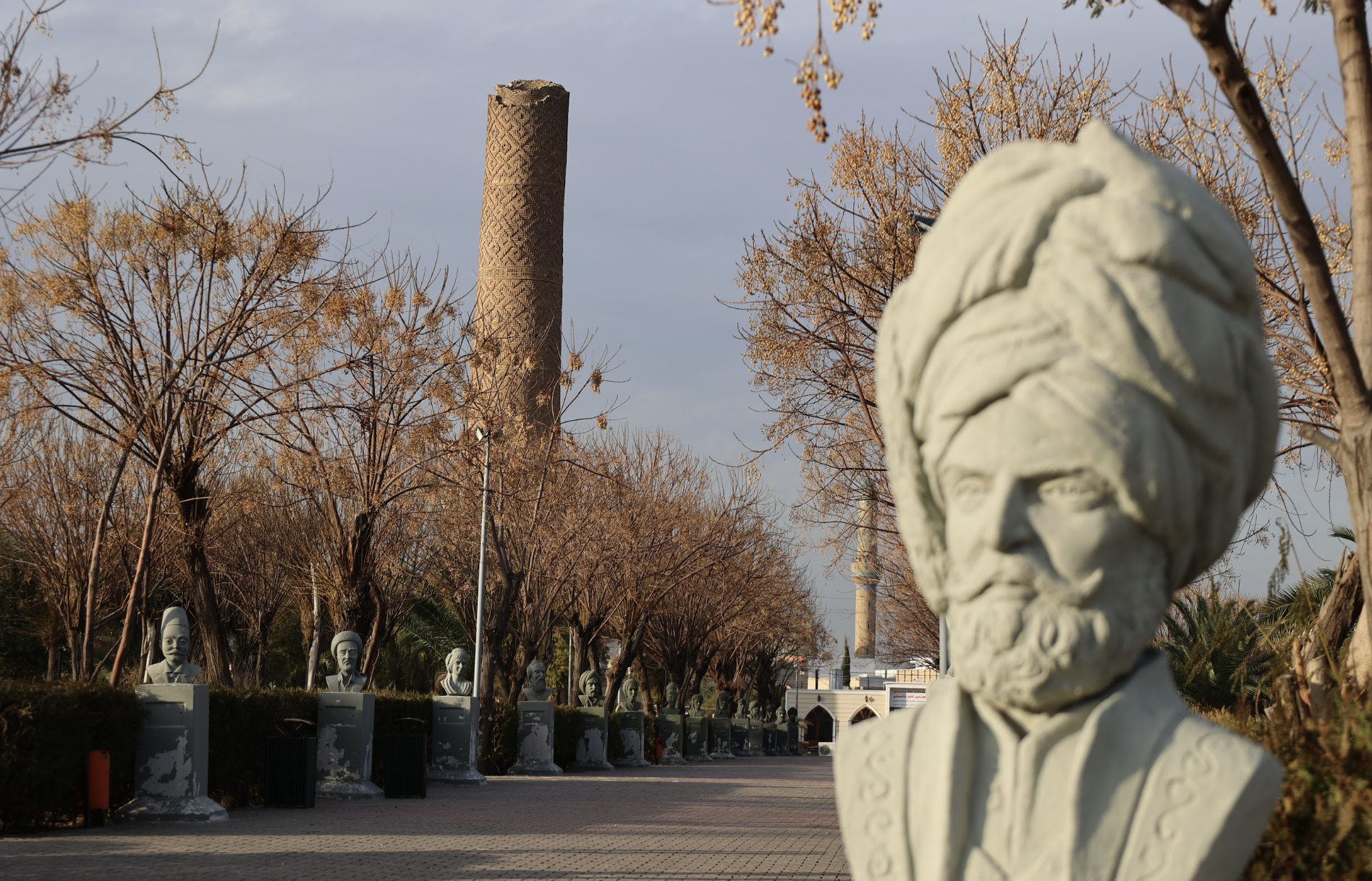The Mudhafaria Minaret, also known as the Choli Minaret, continues to stand as a prominent historical landmark in the heart of the Kurdistan Region’s capital, Erbil, nearly nine centuries after its construction. Built between 1190 and 1232 AD during the rule of Muzaffar al-Din al-Kawkaboori, the minaret is widely believed to be the only surviving element of the Muzaffariya Mosque, which was built during the city’s medieval expansion.
Al-Kawkaboori, then-ruler of Erbil under the command of Kurdish-Islamic leader Saladin, oversaw a period of significant urban development. For the first time, residents began settling beyond the citadel walls, a shift enabled by improved security. As part of this growth, al-Kawkaboori established two schools, a mosque, and the historic Qaysari Bazaar. The Mudhafaria Minaret was constructed as part of these efforts.

Though originally a site of religious life, the area around the minaret is relatively empty compared to the rest of the old town, which led to its local name, Choli Minaret, meaning “Desolate Minaret.” The structure remained largely neglected until 1935, when the Iraqi government, under monarchical rule, designated it a heritage site. Restoration work was undertaken in 1960 by Iraq’s General Directorate of Antiquities.
Erbil, or Hewler in Kurdish, is often called the “City of Citadel and Minaret.” The city’s iconic citadel is one of the oldest continuously inhabited areas in the world. In 2014, UNESCO inscribed this ancient settlement on its prestigious World Heritage List.

The minaret, located approximately one kilometer west of Erbil’s citadel, is 36 meters tall. The lower part of the structure begins with a seven-faceted design that transitions to eight at the seven-meter mark. This adaptation likely results from its proximity to the now-collapsed mosque wall. The base is 15 meters tall and features two doors – one to the west and one to the east – each leading to independent spiral staircases that do not intersect. Ascent from one entrance does not allow visibility into the other.
The cylindrical upper portion of the minaret, at 21 meters, is aligned directly above the base and was likely taller before suffering partial collapse due to weather exposure and insufficient upkeep. The structure is composed of baked bricks and features Kufi calligraphy along its surface.

Over time, the area around the Mudhafaria Minaret has been developed into Minaret Park, a public garden that draws both local residents and visitors. The site remains freely accessible, offering a link between the present-day city and its historical legacy.